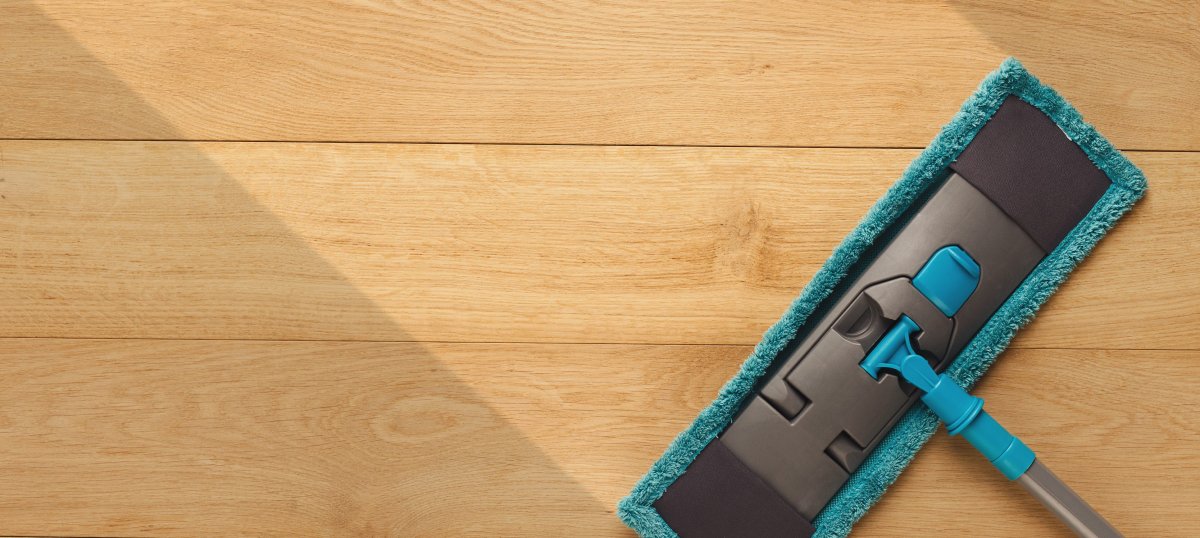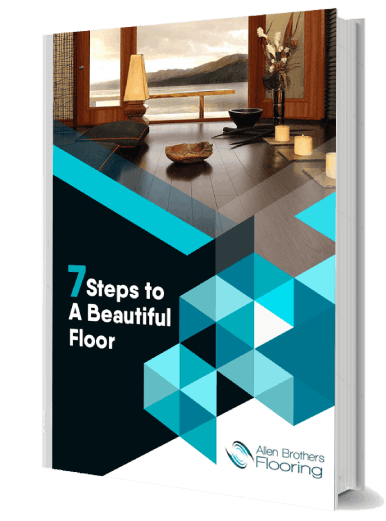
Nothing ruins the glow of a stunning timber floor like neglect.
If you’ve fallen in love with the warmth, style, and simplicity floating timber floors bring into modern spaces, you’re not alone. The challenge is keeping your floors looking fresh and brand new.
Keeping floating timber in top form isn’t difficult, but it does require an understanding of how these floors work — and what keeps them looking their best. With the wrong products or habits, damage builds up fast.
In this guide, we break down everything you need to know to extend the life of your floating timber floors. From daily habits to deep cleaning, climate tips to protective measures — you’ll learn every step for preserving both function and finish.
| Essential components include pH-neutral cleaners, microfibre mops, underlay, and UV protection for longevity. |
They offer a smart, versatile solution for homes seeking beauty without the complexity of traditional hardwood installation.
Unlike solid planks that require nails or glue, this flooring system sits atop a subfloor without being fixed to it, using a click-lock mechanism or tongue-and-groove edges.
That floating structure allows the material to expand and contract with changes in temperature and humidity — ideal for Perth’s warm, sometimes unpredictable climate.
From rich Australian species like Blackbutt and Spotted Gum to engineered finishes mimicking European oak, you have a broad aesthetic choice without compromising durability.
Most floating options come pre-finished with resilient coatings, reducing the time between laying and living.
Sound insulation layers often included beneath help reduce noise transfer between rooms, while their layered construction boosts resistance to warping or cupping over time.
Installation proves quicker than traditional methods, making them appealing for renovations where time or access is tight.
Durable, low-maintenance, and engineered for both looks and performance, they offer an efficient way to introduce natural warmth and timeless elegance into homes — all while standing up to real life in Australian conditions.
Sustainability depends on the origin of the timber and the manufacturing process. Many floating timber floors use engineered wood, which reduces the need for large solid planks.
This method preserves slow-growing hardwood species by using a thin veneer over a plywood or high-density fibreboard (HDF) core.
When materials come from certified sustainable forestry operations — such as those approved by FSC (Forest Stewardship Council) — environmental impact lowers substantially.
Additionally, finishes and adhesives used in pre-finished boards matter. Low-VOC (volatile organic compound) coatings reduce indoor air pollution and limit harmful emissions during production.
Homeowners looking to make eco-conscious choices should seek certification labels and product data confirming ethical sourcing and non-toxic finishing.
In most Perth homes, installing floating timber floors won’t require formal building permits — especially when fitted as part of cosmetic upgrades or general interior renovation.
However, in strata-titled buildings, apartments, or heritage-listed properties, strata approval or council notification may be necessary.
Noise insulation standards also apply in some multi-residential developments, meaning underlays with specific acoustic ratings might be required.
Inspections usually aren't part of timber floor installations unless structural work accompanies the job.
That said, if installation changes floor height significantly or interferes with door clearances, homeowners may need to notify building managers or arrange adjustments to comply with accessibility guidelines.
Every home brings its own rhythm, layout, and lifestyle demands — all of which influence how floating timber floors should be cared for.
From busy households with children and pets to quiet, minimalist spaces, maintenance plans should reflect real-world use. Proper care isn’t just about technique; it’s about using the right approach for the right environment.
Different areas see different levels of wear. Entryways, kitchens, and hallways usually receive the most foot traffic, making them more prone to surface dullness or scratching.
Bedrooms or home offices, by contrast, tend to hold up better over time with less rigorous upkeep.
High-traffic spaces may benefit from the strategic use of rugs or runners — especially near external doors where sand and dirt track easily.
Households with pets or active children should expect to clean more frequently and consider using protective felt pads under furniture.
Floating timber floors respond to changes in humidity and temperature. Perth’s dry summers and mild winters create seasonal shifts that can cause minor expansion or contraction.
Homes with reverse-cycle air conditioning or evaporative systems should maintain consistent humidity levels where possible to reduce stress on boards.
Not every mop or vacuum suits floating timber. Choosing the right tools prevents accidental damage and improves efficiency.
Avoid steam cleaners altogether — excess moisture and heat may compromise adhesive layers or cause the boards to lift or swell.
Consistency often matters more than intensity. A weekly light cleaning with a gentle mop and daily dry sweep in busy zones is usually enough. Deep cleans should only be done with approved products every few months or after seasonal shifts.
Planning floor care around how your household lives — not just how it looks — ensures long-lasting results and reduces the chance of needing premature repairs or resurfacing.
Cleaning solutions should clean without stripping finishes, leaving no residue or dulling. Harsh chemicals and high-pH formulas risk damaging protective layers, especially those applied in factory conditions.
Using the right tools ensures gentle, effective cleaning. Investing in high-quality accessories helps avoid unnecessary surface scratches or debris build-up in board seams.
Floor longevity improves when surfaces are protected from UV, heavy traffic, and impact. Small additions to your setup go a long way in preserving natural beauty and structural integrity.
Floating timber floors continue to grow in popularity — and for good reason. Their beauty, efficiency, and versatility make them a standout choice for modern Perth homes.
But achieving long-lasting results requires more than just picking a style you like.
It’s about choosing quality materials, understanding your environment, and following best-practice care from the start.
When it comes to protecting your flooring investment, experience matters. Allen Brothers Flooring has been Perth’s trusted name in timber care for over 30 years.
Backed by premium-grade finishes, meticulous workmanship, and an unwavering focus on detail, we don’t just get the job done — we get it right the first time. Avoid shortcuts. Avoid costly errors.
Trust the specialists who treat every floor as if it were their own.
Your floors deserve expert care — from the first board laid to every step that follows. If you’re planning a new floating timber installation or simply want to keep your current floors looking their best, the right guidance makes all the difference.
Reach out to Allen Brothers Flooring today for tailored advice, trusted recommendations, and a free, no-obligation quote.
Whether you're renovating a single room or upgrading your entire home, our team is ready to help you make every detail count.Call us on 0407 983 020 or request your free quote online.

